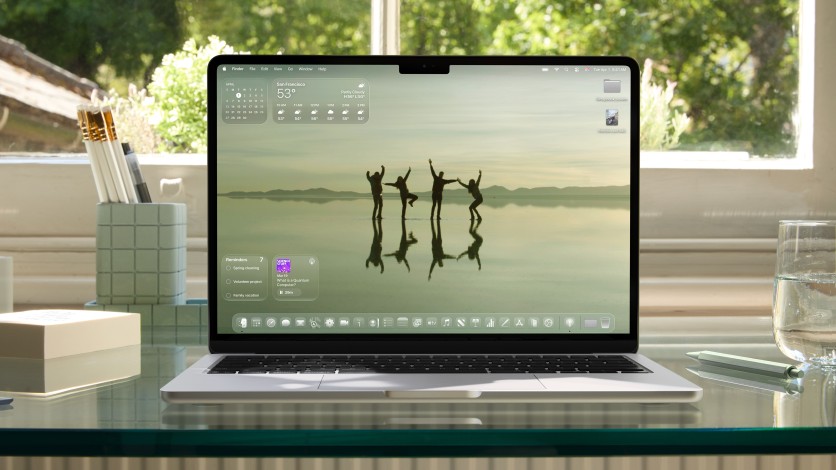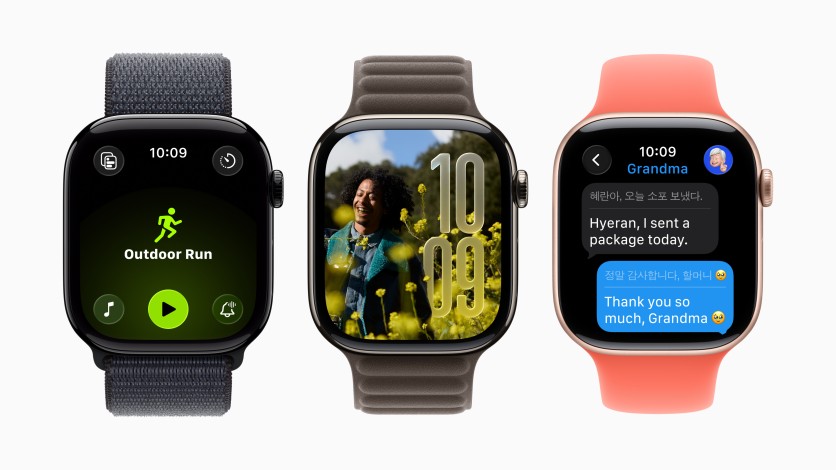
Apple just gave its entire OS lineup a fresh coat of glass. The new system design, rolling out across iOS, iPadOS, macOS, watchOS, and tvOS, leans heavily into translucency, motion, and modularity, marking one of the biggest visual shifts since the days of skeuomorphism.
Announced during WWDC 2025, this redesign isn't just about looks,k but a recalibration of how Apple wants its software to feel: lighter, livelier, and more spatially aware. The update borrows cues from visionOS, bringing layered interfaces, depth effects, and refined typography to every screen Apple makes. Whether you're swiping through an iPhone or navigating a Mac, the UI now moves with more intention—and makes more room for Apple's growing AI layer.
Here's what's different across each major platform
iOS 26 and iPadOS 26

New layered interfaces have translucent, frosted-glass effects, with colorful depth-enhanced backgrounds that shift with motion. Apple promises bolder, more expressive typography and playful animations that playfully respond to touch and movement. It's been designed, said Apple, to work well with Apple Intelligence integration and widgets, and is designed to feel alive, tactile, and personal.
macOS 26 Tahoe

Apple's traditional computer operating system, now known as macOS 26 Tahoe, shares the same new system design language with the iPhone and iPad. There's an emphasis on modularity and a clarity of layout, including frosted glass window elements, stacked depth, and responsive focus. You can also look forward to new desktop wallpaper styles and window transitions that use the same look and feel, consistent with spatial layering from visionOS.
watchOS 26

The wrist-based computer we all love is going to get more dynamic and fluid animations, an adjusted typography and interface layout for better readability and glanceability, and an enhanced user interface that supports stacked widget previews and a richer data presentation system.
tvOS 26

The system that powers your Apple TV device gets a similar visual refresh with blurred background layers and a glass-inspired user interface. There's a focus on cinematic presentation with subtle animations and more depth in overlays. tvOS also gets refined typography and layout spacing created specifically for the large screen.
It's not just aesthetics, of course, even though today's keynote spent plenty of time on how things look. Apple's push for layered depth, motion, and clarity across all its platforms hints at a bigger play: a seamless blend of spatial computing, AI integration, and tactile user experience. From iPhones to Apple Watches, the new design language is both unified and strategic. It's Apple quietly future-proofing its ecosystem, one translucent layer and responsive tap at a time.
ⓒ 2025 TECHTIMES.com All rights reserved. Do not reproduce without permission.




